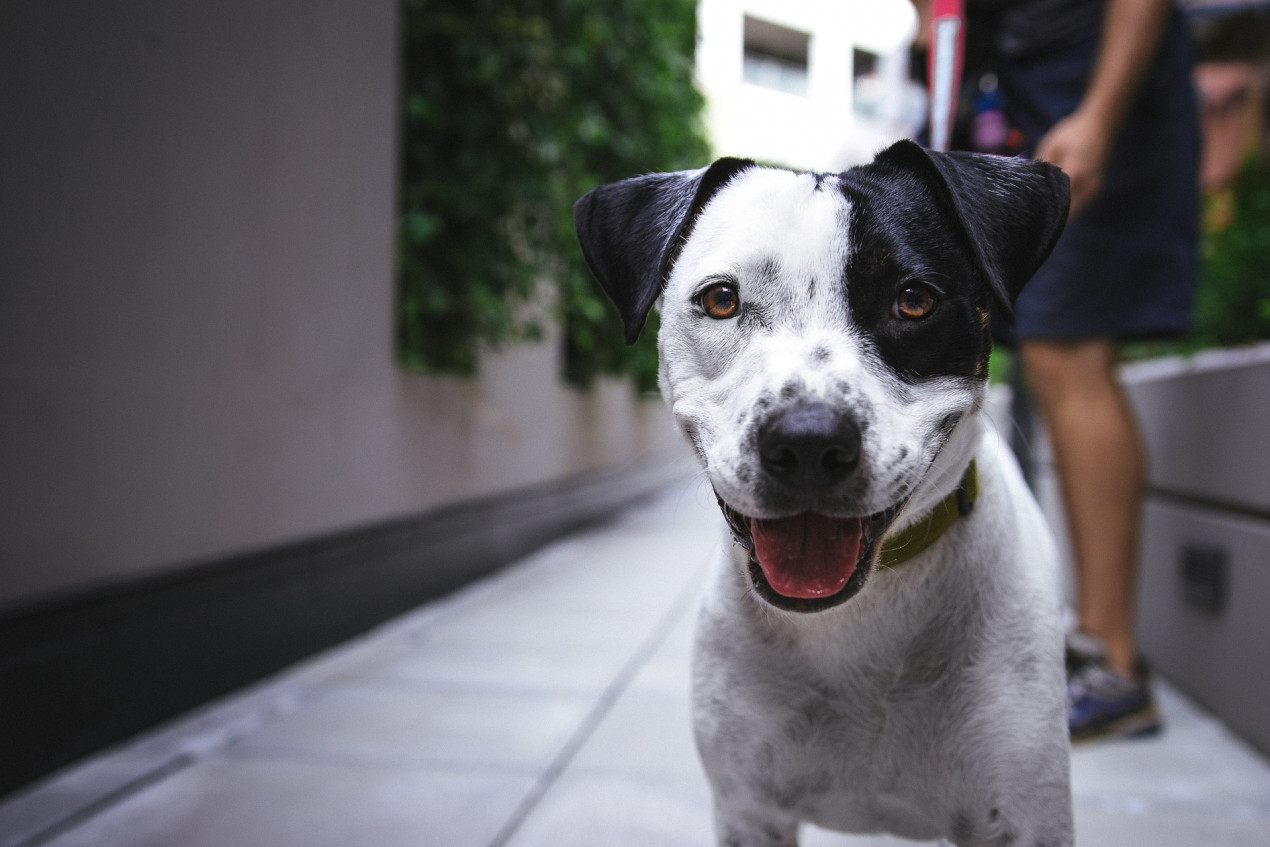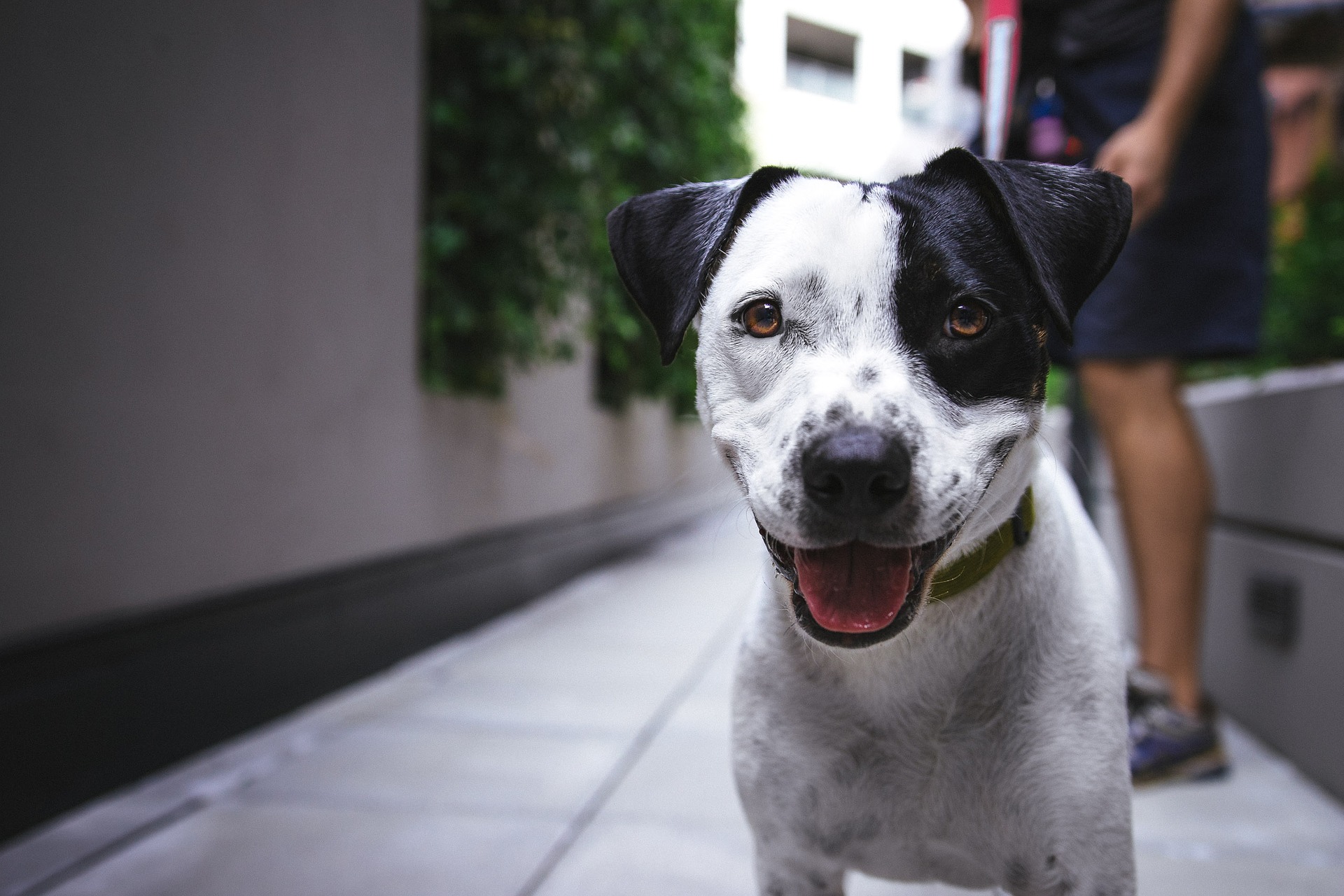
Why should I check for dog skin problems?
Many dogs pick up lumps and bump as they age and being familiar with what is ‘there’ and what is ‘new’ will help assess what is going on. Knowing how your dog feels ‘under the skin’ is also really important so we’ve put together a list of some of the things to look out for.
How do I check for dog skin problems?
Check for skin problems by running your hands over the whole of your dog’s body twice:
1. The first time you should be assessing the skin and coat of your pet and looking for any signs of dog skin problems such as:
- Does the coat feel smooth and healthy?
- Can you feel any lumps either on the skin or in it?
- Does your dog flinch when you run your hands over a specific area?
- Are there any greasy or moist areas?
- Does the skin move freely across your dog’s body?
2. The second time you are trying to assess as best you can what your dog feels like under all that fur. Is your dog quite bony, do they seem sore when you touch any of the bones? How does it feel as you run your hand over their rib cage? This can be quite subjective and the changes are often subtle but it’s good to understand how your dog’s body fat, muscle, and bone feels normally so you can pick up on anything that might need attention.

What dog skin problems and body conditions should I look for?
Anything that is changing, such as weight loss or body changes, areas of moistness or changes in their coat, is worth speaking to your vet about. Many dogs will develop lumps and bumps as they age and knowing about them and what they are doing is important in assessing how significant they are. In general, with lumps, the following questions are useful to know:
- Is it growing quickly?
- Is it painful?
- Is it bleeding?
- Does it seem to be changing?
- Is it irregular in its feel – hard, knobbly etc?
- Is it causing problems because of it’s size?
- Does it seem to be ‘attached’ to the body, deeper tissues (i.e. not freely moveable with the skin)?
If the answer to any of these questions is yes, then seek a veterinary opinion sooner rather than later. If no, then try and get an idea of what it’s doing so you can give your vet an idea of what has happened over a couple of weeks. However, if in doubt it’s always a good idea to check with a vet.
These checks aren’t meant to replace going to the vet but to help you identify what is normal for your pet and what may require more attention.
Don’t forget, if it’s not an emergency you can book an online video consultation with our vets seven days a week. Click here to find out more.

